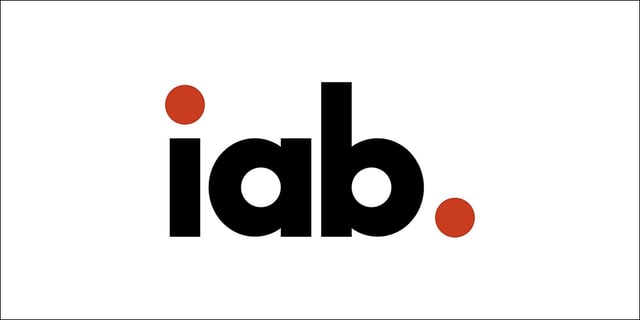
This week's review of ad fraud and quality in the digital advertising space.
Pixalate has identified what we believe is a significant example of mobile app laundering that relies heavily upon Bundle ID spoofing. Laundering has been a growing problem in the mobile app space over the past 12 months, and it has become one of the most prevalent types of ad fraud.
Based on Pixalate’s data and research, this particular finding — which is linked to a single app — could be costing advertisers over $75 million per year, and several major brands may have been exposed. Learn more.

"Security threats aimed at mobile devices are evolving and shifting – and show no sign of going away," wrote Dark Reading. "Those are the key results found in a pair of just-released reports on mobile security." The article added: "Adware forms an interesting block of threats because its victims are often legitimate advertisers as well as consumers," while highlighting Pixalate's mobile app laundering discovery.

According to eMarketer, citing a recent survey from Ad Lightning, "59% of respondents said that one of the top challenges of addressing ad quality problems is how hard it is to track down bad actors in the supply chain." eMarketer added: "Tracking an ad’s route from publisher to advertiser can be like navigating a Byzantine maze, which makes it tough for advertisers to know how much of their money actually ends up in the hands of the publishers they buy inventory from."

"The IAB Technology Laboratory today released VAST 4.1 for public comment, featuring significant advancements to the digital video ad serving template," the industry body wrote in a press release. "Improved verification will allow for support within non-VPAID (Video Player-Ad Interface Definition) architecture, while also permitting VAST 4.1 to align with the Open Measurement Interface Definition (OMID) to better measure viewability of video ads on web. Upgrades for server-side ad insertion and the integration of DAAST (Digital Audio Ad Serving Template) are also key elements of the proposed specification."

The 2018 Mary Meeker trends report was recently released, and an eMarketer article highlights six key takeaways to help you digest the trends. Trend No. 1: Mobile is driving digital media usage. "Digital media usage in the US grew 4% in 2017 to 5.9 hours per day," wrote eMarketer, citing the trends report. Ad spend on mobile, however, hasn't caught up with actual mobile usage — but eMarketer expects that to change this year.
Sign up for our blog to stay updated with new stats, trends, and analysis of digital ad fraud.
*By entering your email address and clicking Subscribe, you are agreeing to our Terms of Use and Privacy Policy.
These Stories on Weekly Recaps
*By entering your email address and clicking Subscribe, you are agreeing to our Terms of Use and Privacy Policy.

Disclaimer: The content of this page reflects Pixalate’s opinions with respect to the factors that Pixalate believes can be useful to the digital media industry. Any proprietary data shared is grounded in Pixalate’s proprietary technology and analytics, which Pixalate is continuously evaluating and updating. Any references to outside sources should not be construed as endorsements. Pixalate’s opinions are just that - opinion, not facts or guarantees.
Per the MRC, “'Fraud' is not intended to represent fraud as defined in various laws, statutes and ordinances or as conventionally used in U.S. Court or other legal proceedings, but rather a custom definition strictly for advertising measurement purposes. Also per the MRC, “‘Invalid Traffic’ is defined generally as traffic that does not meet certain ad serving quality or completeness criteria, or otherwise does not represent legitimate ad traffic that should be included in measurement counts. Among the reasons why ad traffic may be deemed invalid is it is a result of non-human traffic (spiders, bots, etc.), or activity designed to produce fraudulent traffic.”

